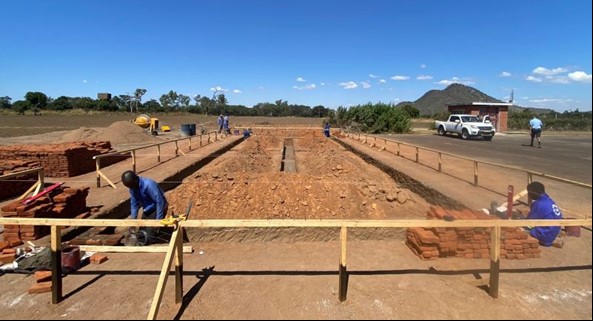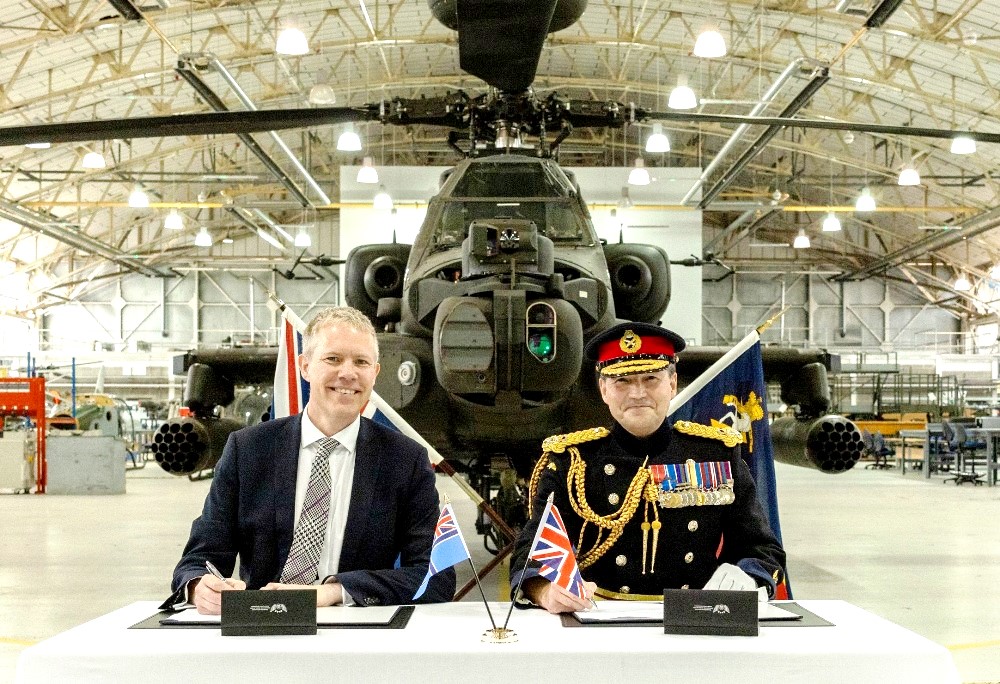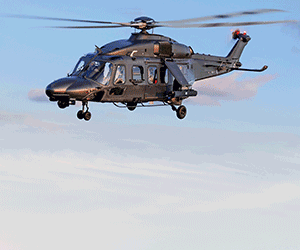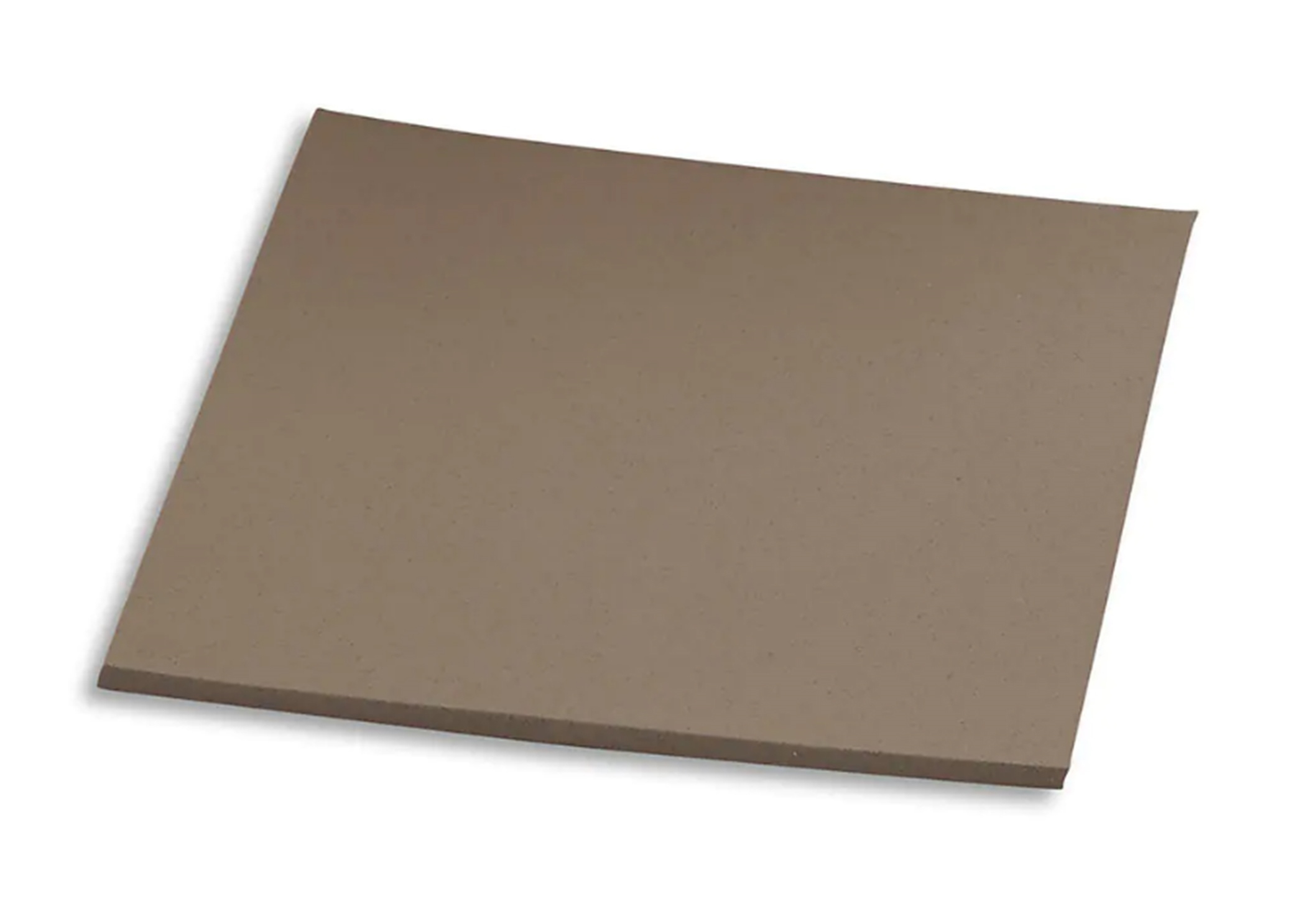Yocova delves into differences in Airbus and Boeing market outlook forecasts

Image courtesy Rolls-Royce
This year, after the dust from the A380 has settled, the COVID recovery seems clearer and the global economic effects are more predictable, both are similar in some ways and different in others. At last month's Farnborough Airshow, Yocova took the opportunity to talk in depth with key forecasters from Airbus and Boeing.
By the numbers: Airbus
Airbus is predicting demand for 39,460 global deliveries over the next 20 years. Of those, regionally:
- 9,160 are for Asia-Pacific (excluding China)
- 8,420 are for China
- 8,120 are for Europe and the CIS
- 6,990 are for North America
- 3,000 are for the Middle East
- 2,550 are for Latin America
- 1,230 are for Africa
Of the total deliveries, Airbus predicts that:
- 31,620 are 'typically narrowbody'
- 7,870 are 'typically widebody'
With this 'typically' categorisation, Airbus takes account of the fact that a high-density narrowbody (think a Wizz Air A321neo at 230 passengers) sometimes carries more passengers than low-density widebody (think United's high-business 767 at 169 passengers). Airbus doesn't forecast for sub-100 seaters and includes freighters.
Airbus didn't issue a Global Services Forecast this year, but its last one — pre-pandemic, in 2018 — forecast a $4,600 billion dollar market. Airbus told Yocova that it will be updated in September or October this year.
By the numbers: Boeing
Boeing is predicting 41,170 global deliveries over the next 20 years. Of those, regionally:
- 9,310 are for North America
- 8,550 are for Europe (not including Russia)
- 8,485 are for China
- 4,255 are for Southeast Asia
- 2,980 are for the Middle East
- 2,345 are for South Asia
- 2,240 are for Latin America
- 1,345 are for Northeast Asia (excluding China)
- 1,010 are for Africa
- 650 are for Oceania
There are no forecasts this year for the Russia and Central Asia region.
Of the total deliveries, Boeing predicts that:
- 30,880 are single-aisle mainline
- 7,230 are widebodies
- 2,120 are regional jets (more than three quarters of which are in North America)
- 940 are freighters
Boeing also predicts a total services market value of $3,615 billion dollars.
The differences
Overall, Boeing and Airbus are within roughly five percent of each other on most forecasts, taking into account the different categories of aircraft being considered, regional market segmentations decided upon and the absence of the Russian/CIS/Central Asian market in some forecasts.
Boeing is predicting about 1,700 more aircraft than Airbus, roughly 5% more global aircraft demand but Airbus cuts off its numbers at the bottom end as 100 passengers. With Boeing forecasting over 2,100 regional jets, it seems like the numbers are roughly a wash — and certainly are very comparable given the amount of assumptions, predictions and calculations involved in a 20 year forecasting effort.
Indeed, the airframers agree on a surprising number of drill-down predictions.
The first, with regard to China, is that the country's airlines will need some 8,400 aircraft — Airbus and Boeing differ by just 65 aircraft in their predictions here.
Non-China Asia-Pacific demand is 9,160 for Airbus but Boeing splits this out into Southeast Asia, South Asia, Oceania and Northeast Asia. Together, these add up to 8,615, a difference of 545 aircraft — about five percent more demand — in the Airbus predictions.
European predictions are roughly similar, with Airbus predicting 8,120 and Boeing 8,550 aircraft, a difference of five percent, this time with Boeing's predictions greater.
In the Middle East, airlines will need some 3,000 aircraft — the difference is just 20 aircraft between the two airframers — and that roughly half of the demand here is going to be widebodies, a situation unique to the region. Most other regions are a 20% widebody to 80% narrowbody split, with the exception of Latin America where widebody demand is in single digit as a percentage. Numbers in this region, too, are roughly similar.
Disagreements between the two forecasts come for North America at the higher level. Airbus predicts 6,990 aircraft will be required, while Boeing predicts 9,310, roughly a 25% difference or some 2,320 aircraft. However, subtracting the North American regional jet numbers of 1,630 from the Boeing numbers gives a difference of just 690, or 7 percent.
Cargo divergences
Headline numbers around production cargo demand were surprising.
Airbus sees a strong market for 2,440 aircraft, including conversions, split into:
- 990 single-aisle freighters
- 890 mid-sized widebodies
- 560 large widebodies
Boeing, meanwhile, splits its market differently, seeing a total demand of 2,795 aircraft, of which:
- 1,300 single-aisle freighters, as conversions
- 425 new medium widebodies
- 555 widebody conversions, split between medium and large widebodies
- 515 new large widebodies
Boeing is predicting more narrowbody demand — around 30% more than Airbus — but Airbus is predicting about twenty percent more mid-sized widebody demand. Exact numbers are hard to calculate given that Boeing combines widebody conversions between large and medium widebodies, so Yocova asked detailed questions of Darren Hulst, Boeing's Vice President for Commercial Marketing and Airbus' Bob Lange, Senior Vice President in charge of business analysis and market forecast.
Bob Lange said: "The big trend we've seen materialise, although it's happening already during COVID, has been the switch in our behaviours to greater use of e-commerce, and greater use of e-commerce doesn't necessarily mean everything is more time sensitive, it means everything is more predictable, and needs to be more predictable.
"So airfreight for e-commerce is about fulfilment of orders, it's about objects being where they need to be, when they need to be them, with a degree of dependability and regularity. And it also means that the densities of goods being shipped by air are decreasing. That changes the picture for our freight overall, and then equally it's the highest growing segment is close to 5 percent a year. So that's what's changing the demand and the nature of airfreight going forward."
Darren Hulst, by contrast, was slightly less bullish — and in different spaces — on cargo demand: "I think the main area where that is manifest is in the short haul, regional logistics type models where you see a lot of the emergence of e-commerce networks or logistics networks through the use of converted single-aisle aircraft," Hulst tells Yocova. "I think that's the biggest place where we're going to see that, where instead of needing a full capability, high density aircraft, you're looking for volume, and I think the 737-800 BCF has really served the market as airlines build out the network that they want to serve with overnight, or next-day-type air."
On the widebody side, Hulst said: "Going one step further, the 767 conversions become the next option as far as more volume as networks mature, and as airlines sometimes need to go a little bit further. On the longhaul space, as we look at that intersection between general cargo and e-commerce. I think there's no question that big freighters are going to carry a lot of e-commerce. However, the need for that versatility drives airlines still towards, I think, more of a production freighter with that capability of 10 pounds per cubic foot of density. While they may not always use it, the ability to carry it is an important part of longhaul air cargo, because the diversity of goods that's carried kind of demands that you have that capability. However, I think we will see more and more e-commerce go longer and longer. And we'll see how that shifts the demand relative to the products that are in the market today or even potentially in the future."













